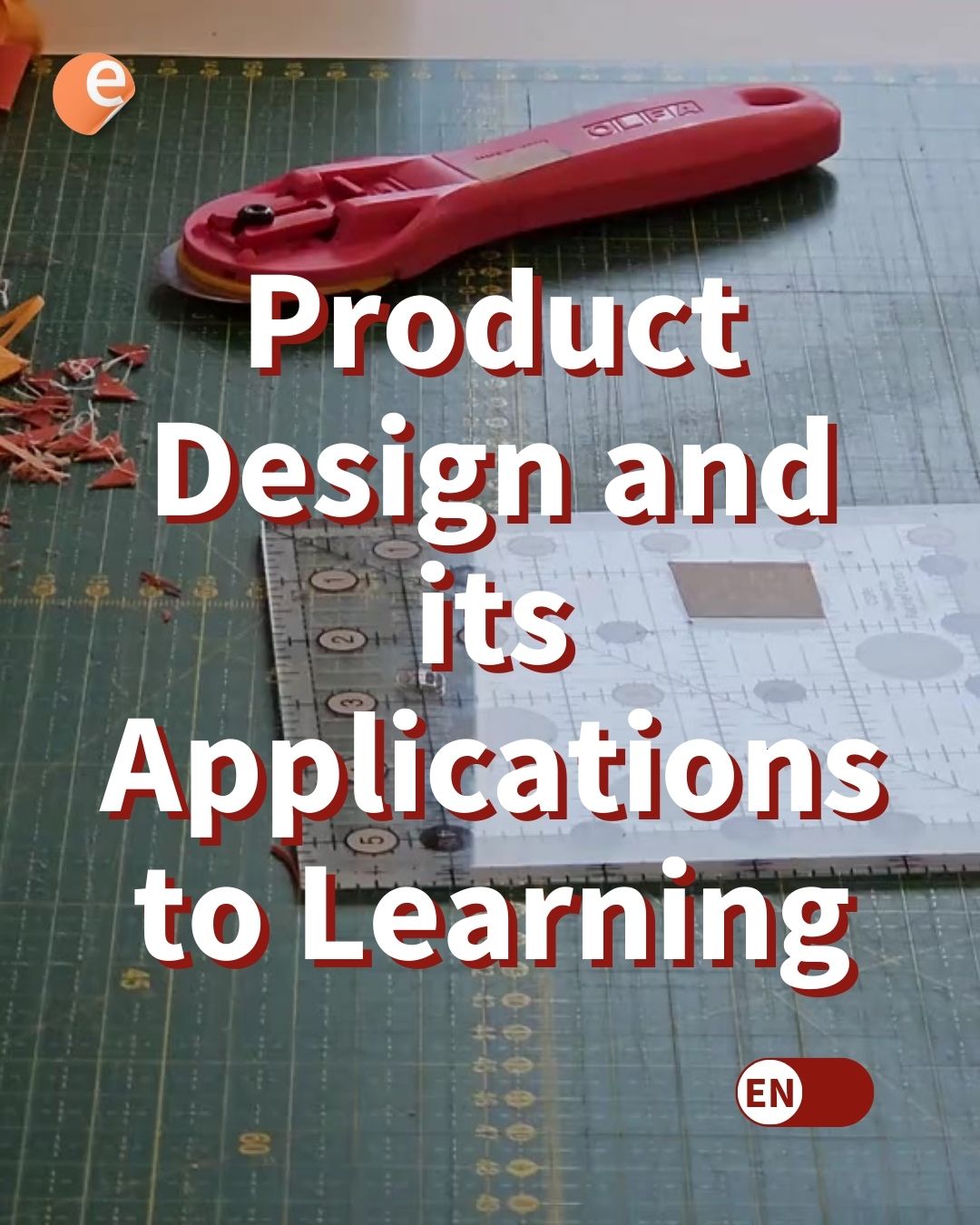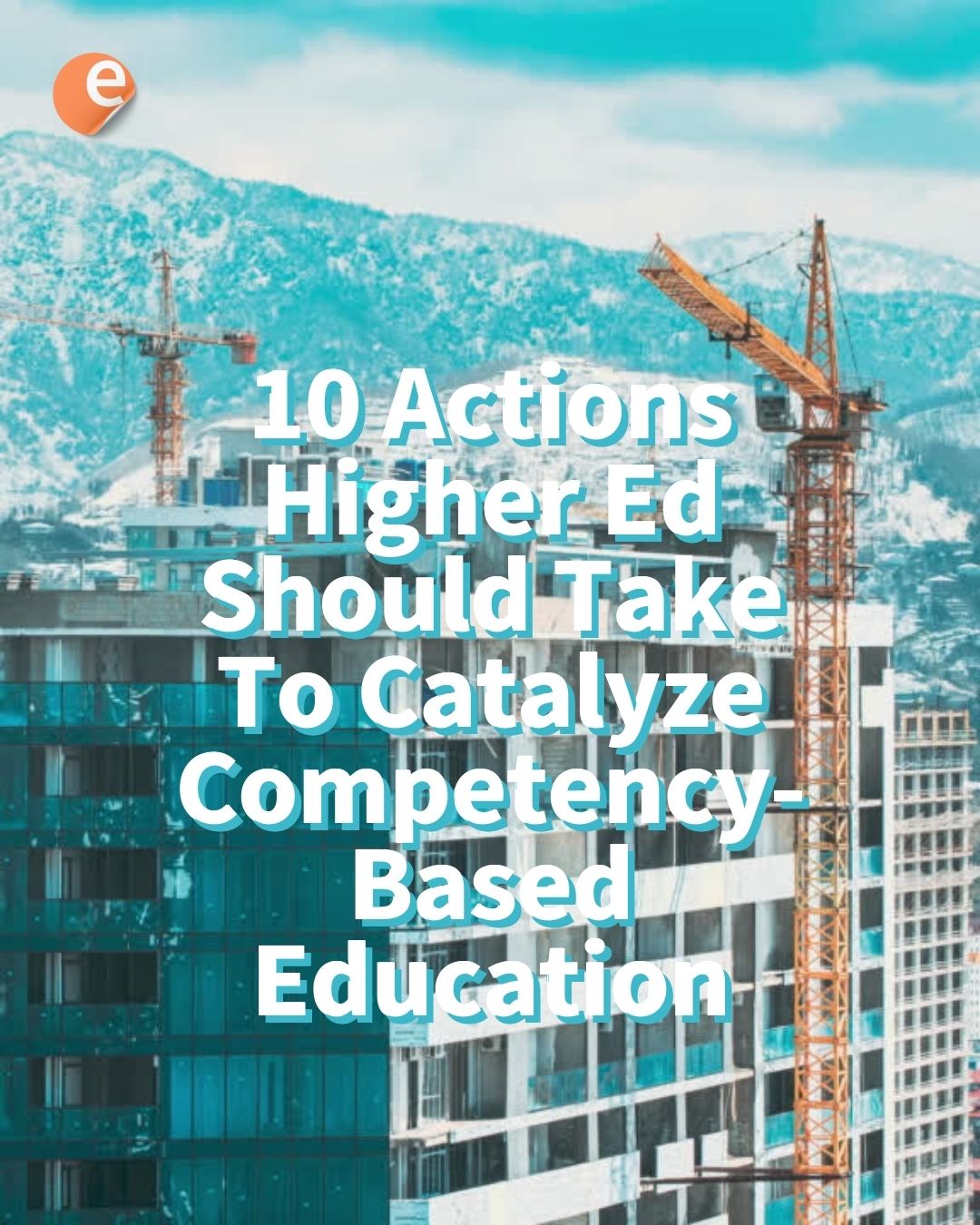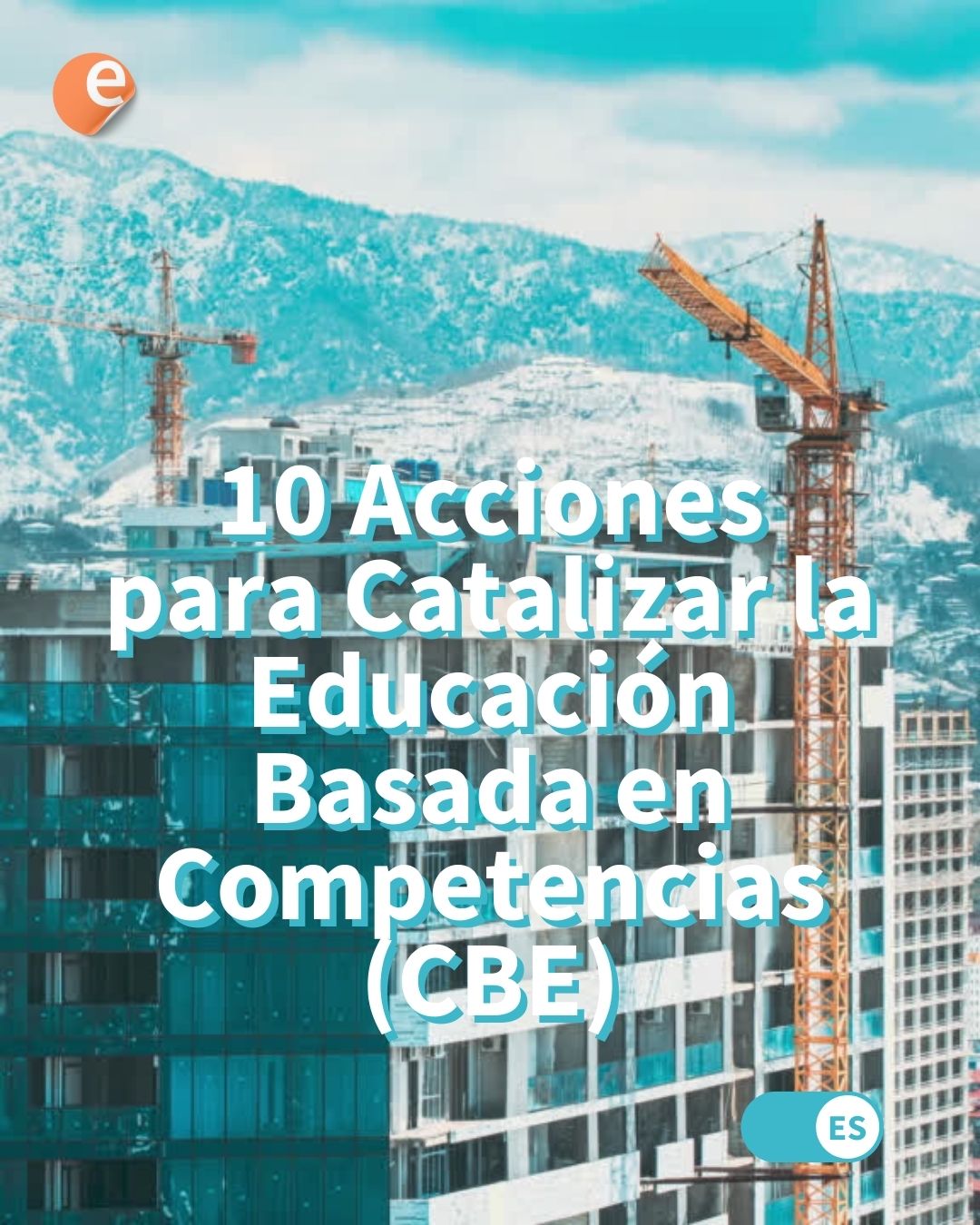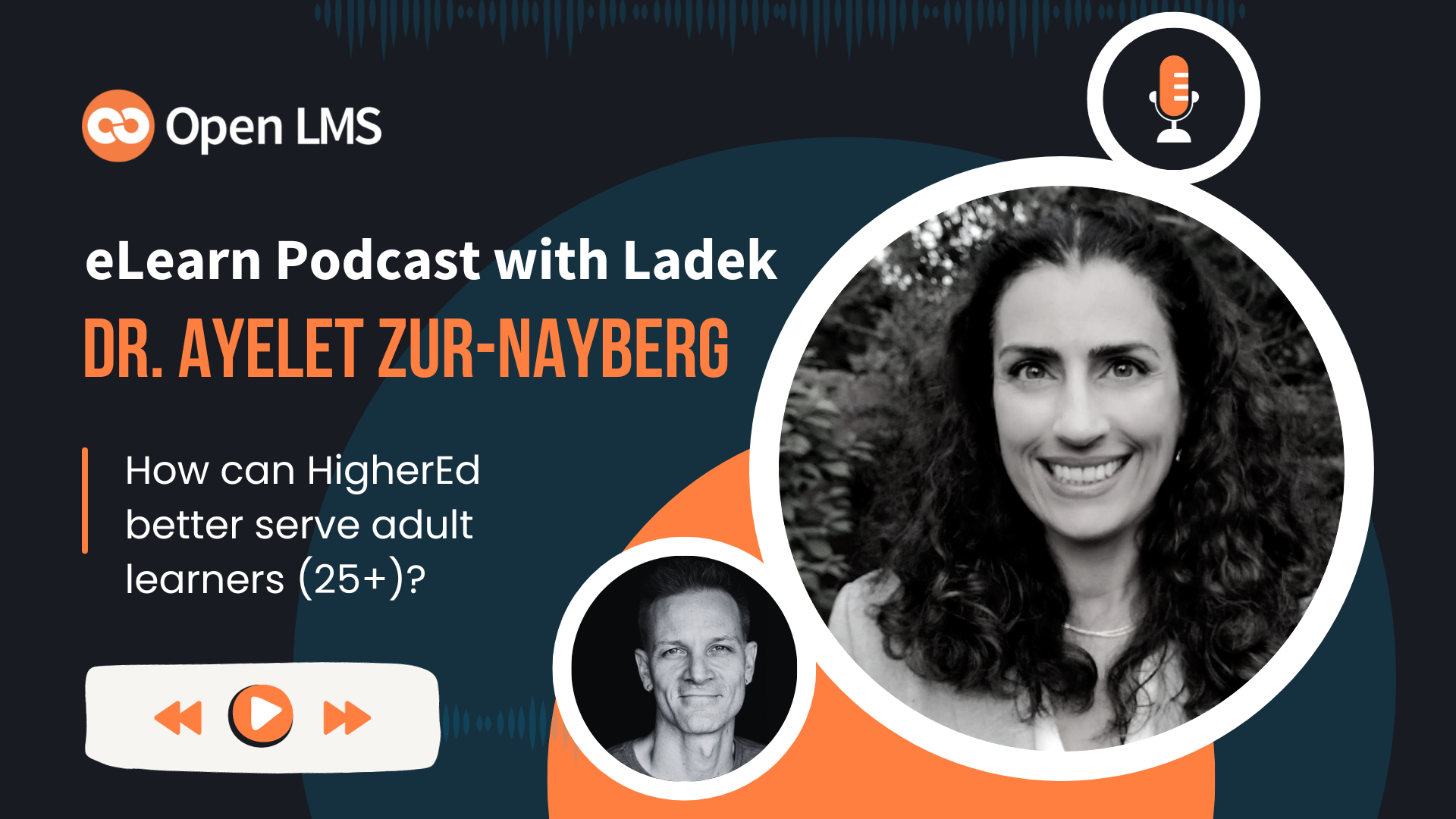Here are nine trends that higher education organizations should invest in to better understand what students want, while placing them at the heart of their learning strategy.
9 Trends Higher Education Institutions Should Follow to Be Student-Centered
1. Video-Assisted Learning In the Digital Classroom
Video-based learning isn’t a new concept, but with more classrooms moving into the digital space, organizations need to rethink how they’re delivering learning materials. The use of videos is not intended to replace teachers, but to assist in the delivery of other learning materials. Video learning is on the rise and research into the impacts of video learning in higher education has found that once implemented, grades improve and satisfaction increases as students are able to engage at their own pace and in their own time, without being overloaded. Utilizing other technologies such as learning management systems (LMSs) and mobile apps could help your organization breathe new life into your video-based learning strategy and provide a more personalized student experience.
2. An Expanded Use of Open Educational Resources
The 2020 pandemic found institutions faced with an issue—how would they move their learning materials online? And the solution for many was Open Education Resources (OER). OER also tackles one of the biggest challenges that higher education faces today: its cost. By moving learning materials into one free and easily accessible digital workspace, their convenience and accessibility make flexible learning possible. This also makes it easier for students to learn complex information and gives them more control over their learning materials.
3. A Reimagining of Student Support
Institutions are becoming increasingly aware of the importance of supporting a student throughout their entire educational journey. This not only involves supporting their educational needs, but their mental health too. This is becoming more prevalent, as a 2020 Barnes and Noble study revealed that over 75 % of students say COVID-19 has impacted their mental health, with many indicating they felt increased anxiety over academic performance and feelings of burnout.
To address this, higher education organizations are increasingly tackling mental health issues as part of their mission, expanding available student services such as counseling. Additionally, in the wake of the pandemic, institutions are utilizinag digital technologies such as video chat and webinars to more effectively deliver these services.
4. Gamification of Learning Experiences
Gamification engages at a personal level and puts the learner at the center. A platform that incentivizes its users with features such as achievement badges, unlockable content and illustrative reward progress to easily measure progress can make the learning experience more fun. Technology that brings gamification to education has become more accessible in recent years and could help to increase learner engagement, motivation and attention span in users. Adding gamification elements to your learning could incentivize students to use learning management systems and mobile apps.
5. More Focus on Learning Analytics
Data is becoming an integral part of the learning experience, with more higher education institutions incorporating open-source learning management systems like Moodle™ into their strategies. An LMS puts students at the center of their own learning: they provide students with the opportunity to play an active role in their own experience, provide a better insight into their performance in real-time and help them make better-informed decisions about their learning pathways.
LMS usage also allows organizations to understand the data behind a learner’s journey and improve learning outcomes. Having access to information about how a student has performed over a period of time and where their strengths and weaknesses lie means that you can use this data to create individual learning experiences.
6. A Shift to Microlearning
In an age where attention spans are said to be declining and information is available at our fingertips, traditional teaching methods may become less effective. In its wake comes microlearning, which delivers short, focused bursts of information over a shorter period of time. This helps to identify the students’ needs and cater the learning objective and amount of learning time to them personally.
7. Microcredentials Providing More Business Opportunities to Learners
Getting a degree at the end of a four-year course is a big investment of time and money for many students and research shows that skills will be favored over academic qualifications in the future. As the focus has shifted towards employability through skills development to address the growing skills gap, so too has the priority in some institutions.
Microcredentials offer learners the chance to complete shorter, vocational courses that professionals study in order to upskill. As short, low-cost certification-style qualifications, the aim is to become more employable and to cater to learning, with a range of hard and soft skills spanning different industries and professions. This is also allowing learners to carve their own learning path and with the emphasis on skills taking precedence over degrees, they’re being equipped with the tools they need to gain employment post-graduation.
8. The Growth of Immersive Learning in Higher Education
Artificial Intelligence research and development have increased rapidly, and studies suggest that it will play a pivotal role in shaping personalized learning thanks to immersive learning capabilities. This is possible by harnessing AI in order to simulate situations where learning could be applied. Rather than just reading about it or watching it on a screen, users can actually learn about a topic by living through it. A true VR experience should involve a headset to create a virtual learning environment for learners to explore, but AR can be as simple and accessible as using a mobile device to layer images in the real world.
9. The Rising Popularity of Hybrid Learning
Hybrid learning (combining face-to-face learning with online teaching) is expected to become the norm, even after pandemic restrictions are fully lifted. Hybrid learning offers its users flexibility, both in how their time is used and how courses are taught. With a more flexible approach to the learning environment, students can engage with the materials in the way they find most beneficial: they’re in control of the platforms they use, how they interact with their teacher and how they use their learning materials







